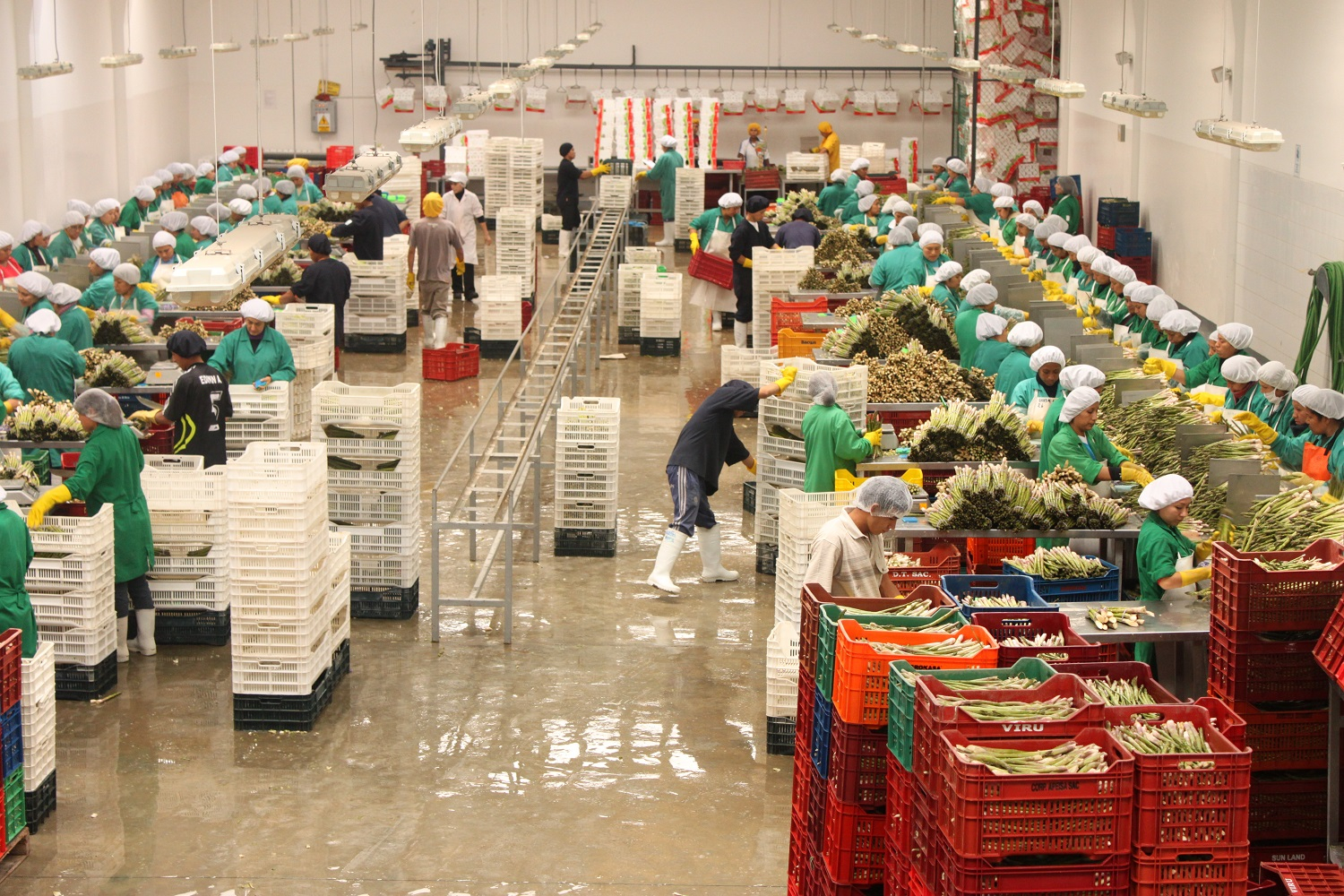
The Association of Exporters (ADEX) reported that between January and October 2023, Peruvian shipments abroad reached US$52,455,595,000, a figure with -0.1% compared to the same period in 2022. This indicates that the level of exports still remains at the level of 2022.
Likewise, for October, outflows were US$5,646 million, 6.4% more than in the same month of 2022 (US$5,308 million). In this way, it was the third month of the year with the highest increasesurpassed only by March (8%) and July (6.8%).
What were the main countries to which it was exported and areas that stand out?
The leading markets were China (US$19,089 million), the United States (US$7,173 million), Canada (US$2,290 million 667,000), South Korea (US$2,060 million) and India (US$1,996 million). with shares of 36.3%, 13.6%, 4.3%, 3.9% and 3.8%, respectively.
Likewise, the primary sector was the most important and totaled US$37,792 million, an increase of 0.2%. The most notable item, with an evolution of 11.4%, was mining (US$32,564 million 480,000). Its offer included copper (US$16,444 million), gold (US$6,659 million), refined copper cathodes (US$2,297 million), zinc (US$1,388 million) and iron (US$1,380 million 694,000), among others, whose destinations were China , with a participation of 53.3%, USA, Canada, India, South Korea, among others.
They are followed by other items such as hydrocarbons (US$3,516 million 675,000), fishing (US$1,044 million) and agriculture (US$667 million 367,000), which closed with -31.7%, -53.7% and -38.9%.
For their part, shipments non-traditional between January and October amounted to US$14,663 million, presenting a slight drop of -0.8% and a participation of 27.9% of the total. It should be noted that 6 sectors suffered declines: textiles (-7%), clothing (-19.8%), chemicals (-17%), iron and steel (-7.7%), wood (-24%) and miscellaneous (-1 ,2%).
The most notable activity was agroindustry with US$6,835 million 679,000 and an increase of 3.4%. Highlights include blueberries (US$1,010 million), avocados (US$958 million 450,000), fresh grapes (US$899 million), asparagus (US$299 million) and mangoes (US$211 million 690,000). The main shipping locations were the United States (US$2,241 million), the Netherlands (US$1,031 million), Spain (US$470 million 398,000), Chile (US$329 million), Ecuador (US$312 million 676,000), among others.
He schemical ector (US$1,660 million 618,000) was the second in the ranking and its most important items were sulfuric acid (US$117 million) and ethyl alcohol (US$102 million), while its largest buyers were Chile (US$301 million), Ecuador (US $199 million) and Bolivia (US$171 million 428,000).
It follows fishing for direct human consumption (US$1,523 million 688,000), with an increase of 17.5%, mainly due to shipments of frozen squid (US$ 559 million), prepared or canned squid (US$215 million) and frozen whole prawns (US $98 million).
Finally, goods were exported from steel metallurgy sectors (US$1,272 million 677,000), non-metallic mining (US$ 1,001 million), clothing (US$944 million), metalworking (US$582 million), textiles (US$387 million 674,000), miscellaneous (US$371 million) and wood (US$84 million 570,000).
Source: Larepublica
Alia is a professional author and journalist, working at 247 news agency. She writes on various topics from economy news to general interest pieces, providing readers with relevant and informative content. With years of experience, she brings a unique perspective and in-depth analysis to her work.












